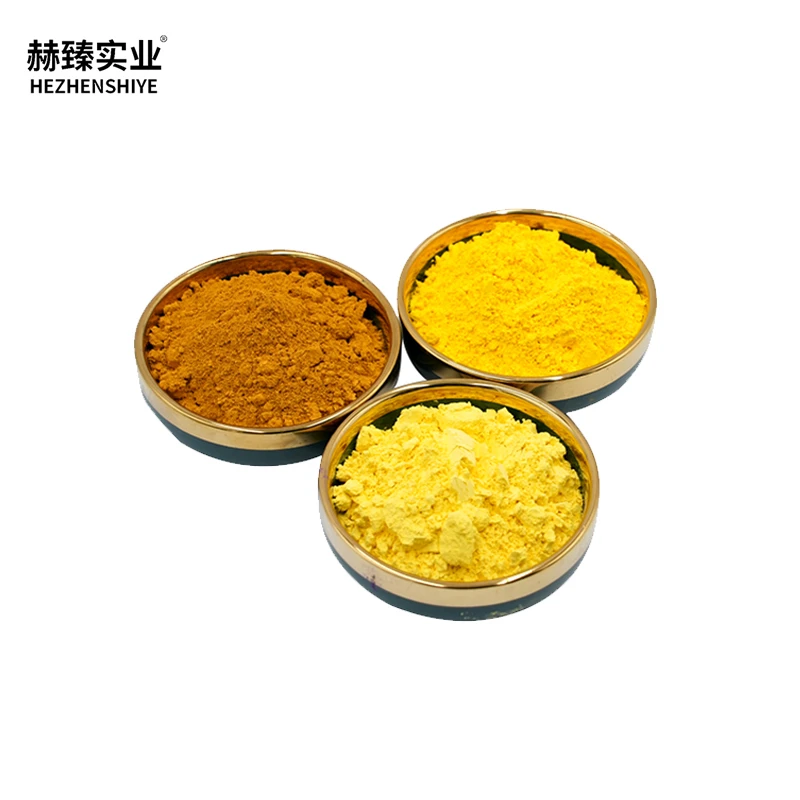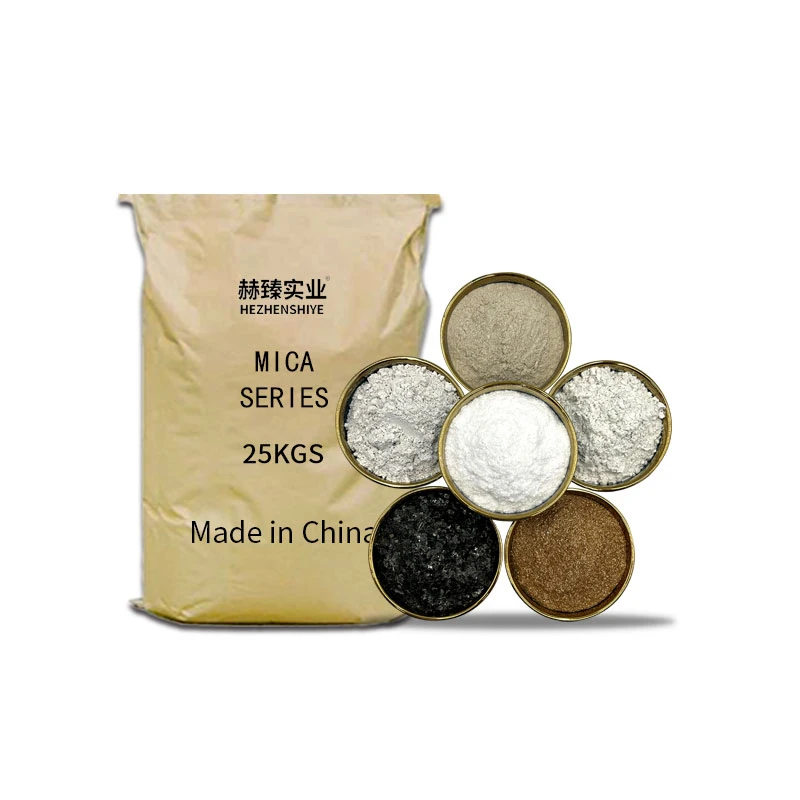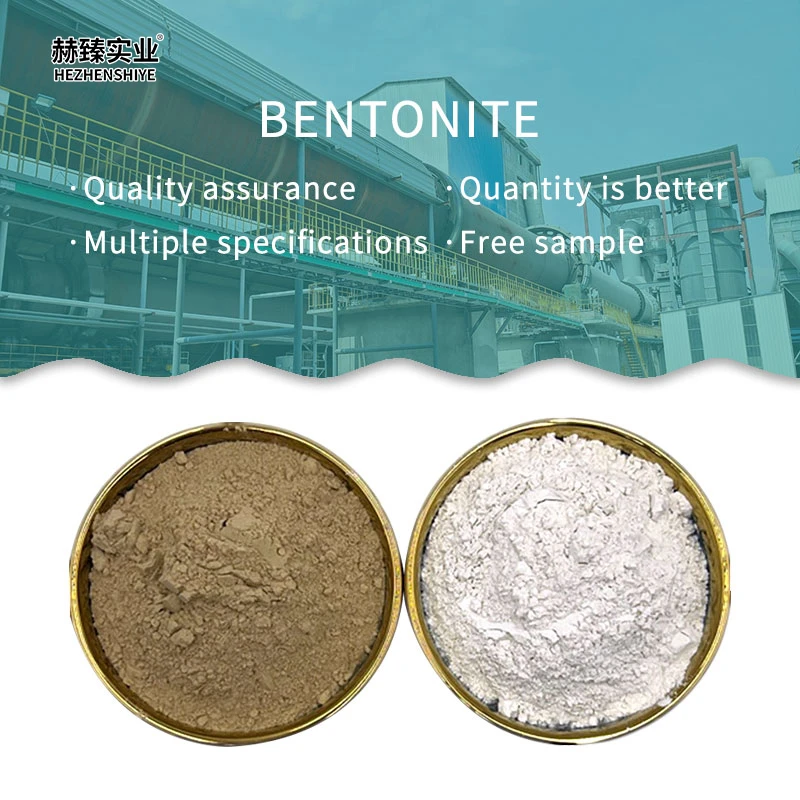talcum powder industrial use
2025.03.04
Talcum powder, derived from talc, a mineral composed mainly of magnesium, silicon, and oxygen, has long been lauded for its moisture-absorbing and friction-reducing properties. While its use in cosmetic products like baby powder is widely recognized, talcum powder's industrial applications are equally significant but less frequently discussed.
The paper industry benefits from talcum powder through its use as a filler material. It enhances texture and opacity, improves printability, and controls pitch and sticky substance content in paper pulps. These properties are crucial in the production of high-quality paper products, contributing to the broader appeal and functionality of paper materials used in publishing and packaging. Despite its widespread use, recent concerns about the safety of talcum powder in personal care products have led to increased scrutiny of its industrial applications. However, the controlled environments within industrial settings greatly mitigate any potential health risks. Industries employing talcum powder ensure that necessary safety measures are in place, including proper ventilation and the use of personal protective equipment, to protect workers from inhalation of fine particles. Key players in the manufacturing industry continue to rely on talcum powder due to its cost-effectiveness and enhancing capabilities. In-depth research and development efforts are ongoing to further harness talc’s potential, particularly with sustainability in mind. As industries pivot towards eco-friendly manufacturing processes, talc's role is expanding into green technologies, such as biodegradable plastics and environmentally sustainable rubber production. In conclusion, talcum powder’s industrial significance cannot be overstated. It continues to be an essential material that optimizes production efficiencies, enhances product quality, and supports an array of industries worldwide. As technological advancements progress and industries demand higher performance standards, talcum powder will undoubtedly maintain its critical role, buoyed by ongoing innovations and a commitment to safety and environmental stewardship.


The paper industry benefits from talcum powder through its use as a filler material. It enhances texture and opacity, improves printability, and controls pitch and sticky substance content in paper pulps. These properties are crucial in the production of high-quality paper products, contributing to the broader appeal and functionality of paper materials used in publishing and packaging. Despite its widespread use, recent concerns about the safety of talcum powder in personal care products have led to increased scrutiny of its industrial applications. However, the controlled environments within industrial settings greatly mitigate any potential health risks. Industries employing talcum powder ensure that necessary safety measures are in place, including proper ventilation and the use of personal protective equipment, to protect workers from inhalation of fine particles. Key players in the manufacturing industry continue to rely on talcum powder due to its cost-effectiveness and enhancing capabilities. In-depth research and development efforts are ongoing to further harness talc’s potential, particularly with sustainability in mind. As industries pivot towards eco-friendly manufacturing processes, talc's role is expanding into green technologies, such as biodegradable plastics and environmentally sustainable rubber production. In conclusion, talcum powder’s industrial significance cannot be overstated. It continues to be an essential material that optimizes production efficiencies, enhances product quality, and supports an array of industries worldwide. As technological advancements progress and industries demand higher performance standards, talcum powder will undoubtedly maintain its critical role, buoyed by ongoing innovations and a commitment to safety and environmental stewardship.
Pervious











